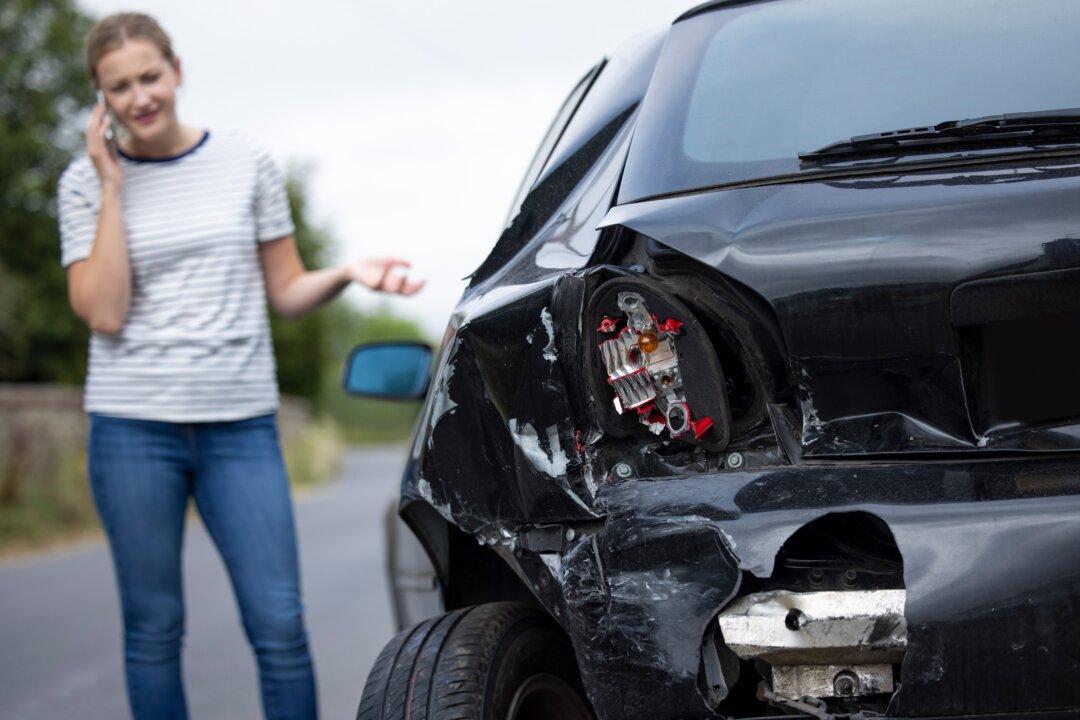It’s a nightmare that you never want to go through: Someone has collided with your car. But it’s even worse when they hit you—and then flee. Now there’s no one to hold accountable for damage or injury if you or your family are hurt.
There are legal questions and insurance coverage issues when you’ve been in a hit-and-run accident. There’s a lot to consider. So, what do you do when you’re the victim of a hit-and-run?






